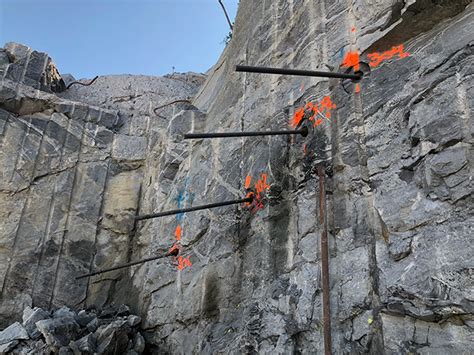Bergbult: The Ultimate Guide to Understanding and Engaging with This Fascinating Creature

Bergbult: The Ultimate Guide to Understanding and Engaging with This Fascinating Creature
Introduction
The bergbult is an extraordinary creature that has captured the imagination of people around the world. With its unique appearance and captivating personality, the bergbult is a true wonder of nature. In this comprehensive guide, we will delve into the fascinating world of the bergbult, exploring its biology, behavior, and cultural significance.
Biology and Appearance
The bergbult is a large, furry mammal native to the mountainous regions of the world. Its most striking feature is its massive head, which is adorned with two large antlers. The bergbults coat is typically brown or black, and its fur is incredibly thick and dense. This fur provides excellent insulation against the cold temperatures of its mountain habitat.
Physical Characteristics
- Average weight: 1,000-2,000 pounds
- Average height: 5-7 feet at the shoulder
- Body length: 8-10 feet
- Antler span: 3-5 feet
Habitat and Distribution
The bergbult is found in mountainous regions around the world, including the Alps, Pyrenees, and Rockies. Its preferred habitat is high-altitude forests and meadows, where it can find ample food and shelter. The bergbult is a highly adaptable creature and can survive in a variety of climates.
Distribution
- Europe: Alps, Pyrenees, Carpathians
- North America: Rockies, Sierra Nevada, Cascade Mountains
- South America: Andes
Behavior and Diet
The bergbult is a solitary animal that spends most of its time grazing on vegetation. Its diet consists mainly of grasses, leaves, and herbs. The bergbult is a very efficient feeder and can consume large amounts of food in a short period of time.
Behavioral Traits
- Solitary
- Herbivorous
- Crepuscular (active at dawn and dusk)
Social Structure and Communication
Despite its solitary nature, the bergbult does engage in some social interactions. During the breeding season, males will compete for mates through ritualized displays of strength and dominance. The bergbult also uses a variety of vocalizations to communicate with each other.
Communication
- Grunts and snorts
- Whistles and clicks
- Body language
Reproduction and Life Cycle
The bergbult has a relatively long lifespan of 20-25 years. Females reach sexual maturity at around 5 years of age, while males mature slightly later. The breeding season takes place in the fall, and females typically give birth to a single calf after a gestation period of 10-12 months.
Reproduction
- Mating season: Fall
- Gestation period: 10-12 months
- Number of offspring: 1
- Age of sexual maturity: Females: 5 years, Males: 6 years
Cultural Significance
The bergbult has played a significant role in human culture for centuries. In many cultures, the bergbult is seen as a symbol of strength, courage, and virility. In some Native American tribes, the bergbult is considered a sacred animal and is often featured in ceremonies and rituals.
Cultural Impact
- Symbol of strength and courage
- Featured in mythology and folklore
- Source of inspiration for art and literature
Conservation Status
The bergbult is a vulnerable species due to habitat loss and hunting. The International Union for Conservation of Nature (IUCN) has listed the bergbult as "near threatened." Conservation efforts are underway to protect the bergbult and its habitat.
Threats
- Habitat loss
- Hunting
- Disease
Interesting Story Cases
- In 2010, a bergbult was spotted wandering through the streets of a small town in Switzerland. The animal was eventually tranquilized and safely returned to its natural habitat.
- In 2015, a bergbult was involved in a car accident in Colorado. The animal was uninjured and was released back into the wild.
- In 2018, a bergbult was captured on camera charging at a group of hikers in Yellowstone National Park. The hikers were unharmed and the bergbult was eventually chased away.
Conclusion
The bergbult is a fascinating creature that deserves our respect and admiration. Its unique biology, behavior, and cultural significance make it a true marvel of nature. By understanding and engaging with the bergbult, we can help to ensure its survival and well-being for generations to come.
